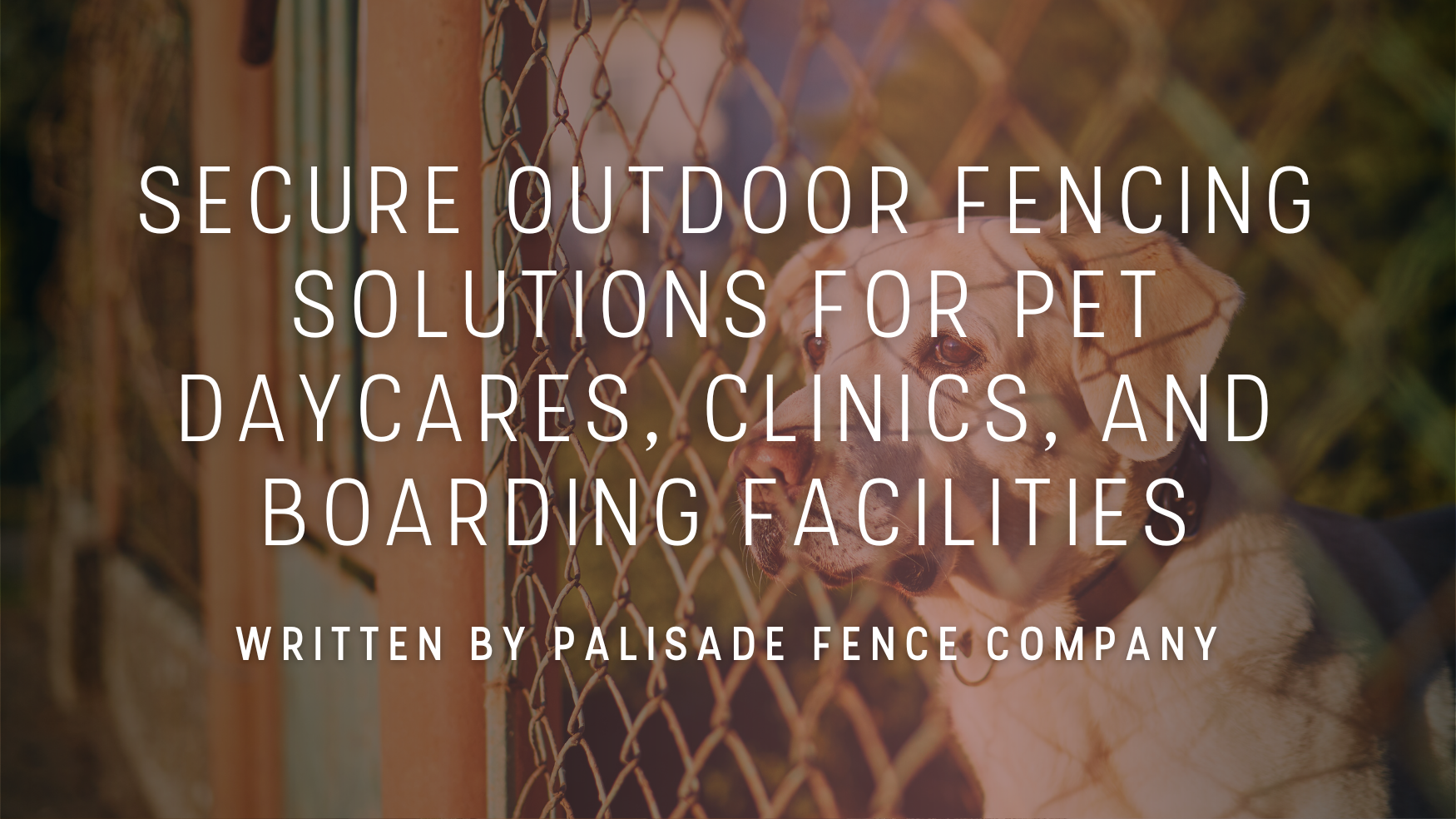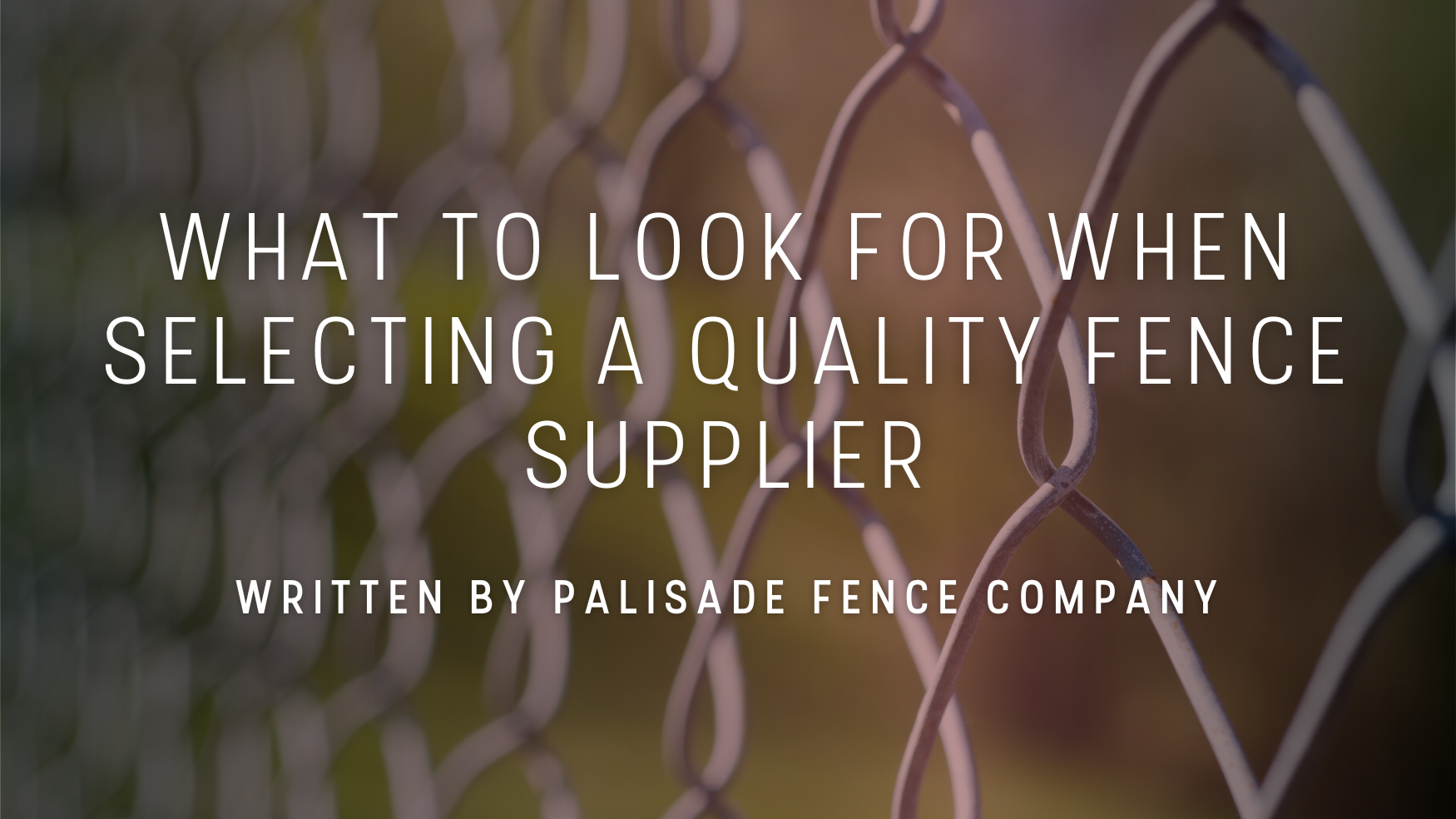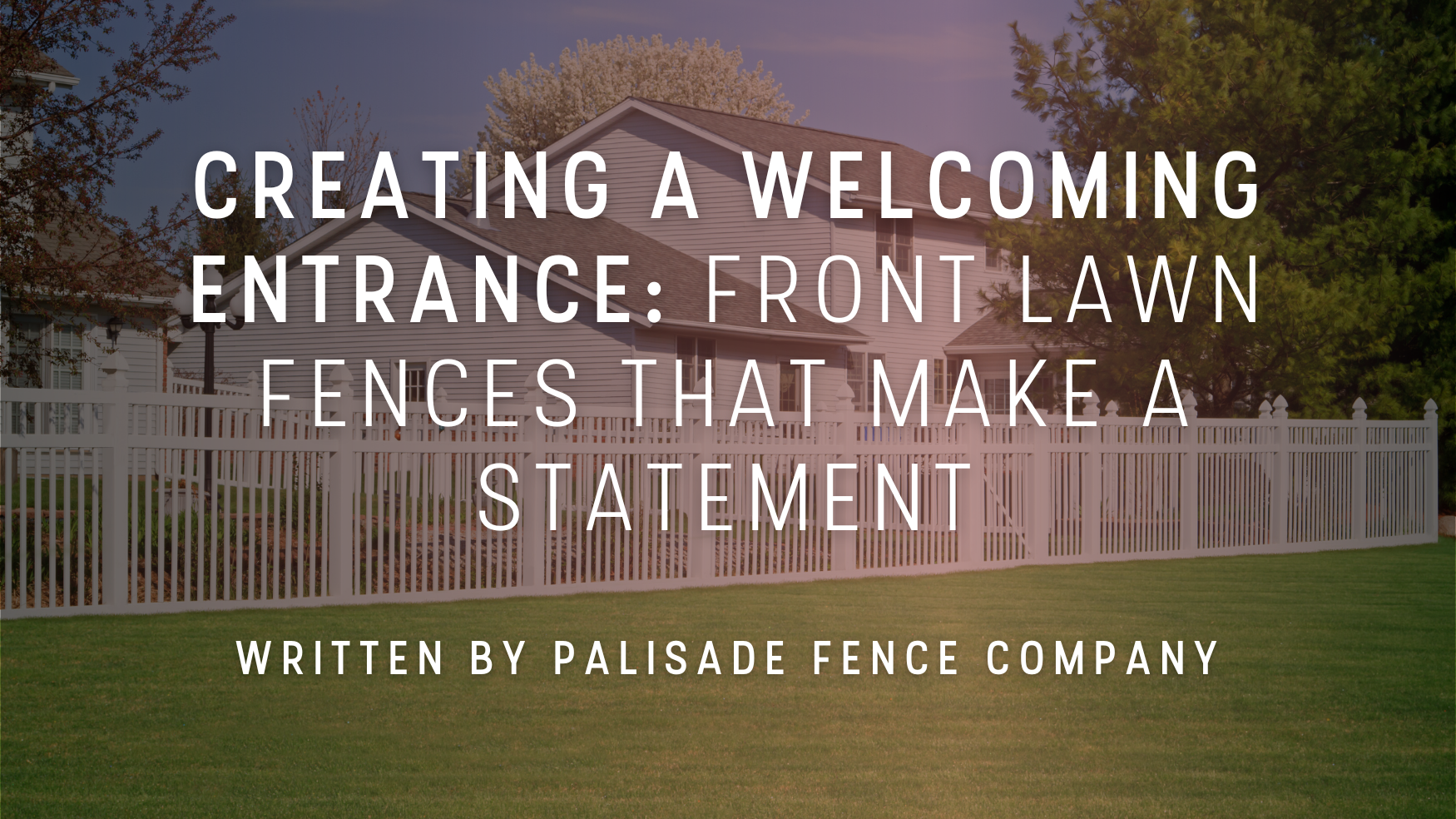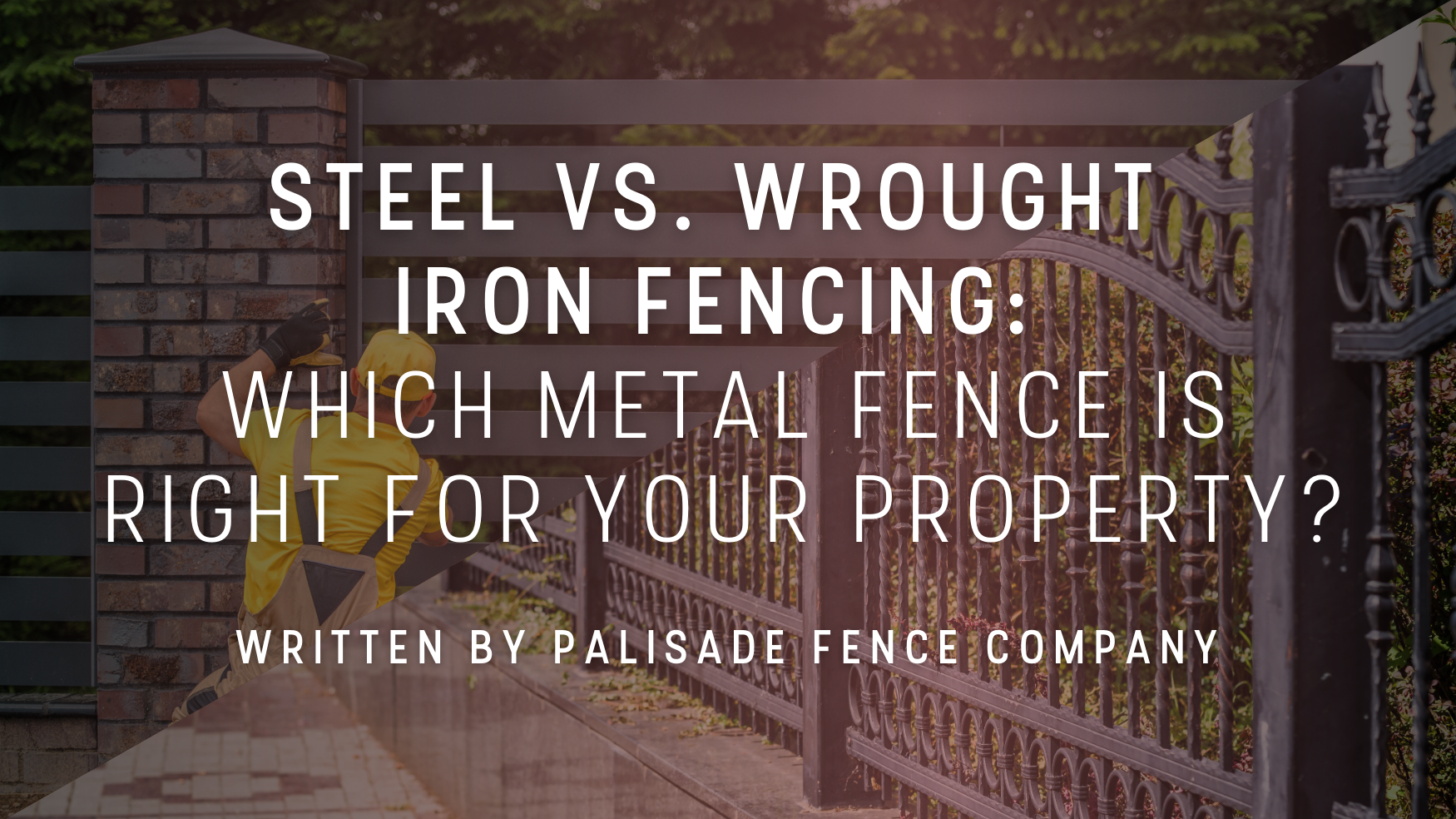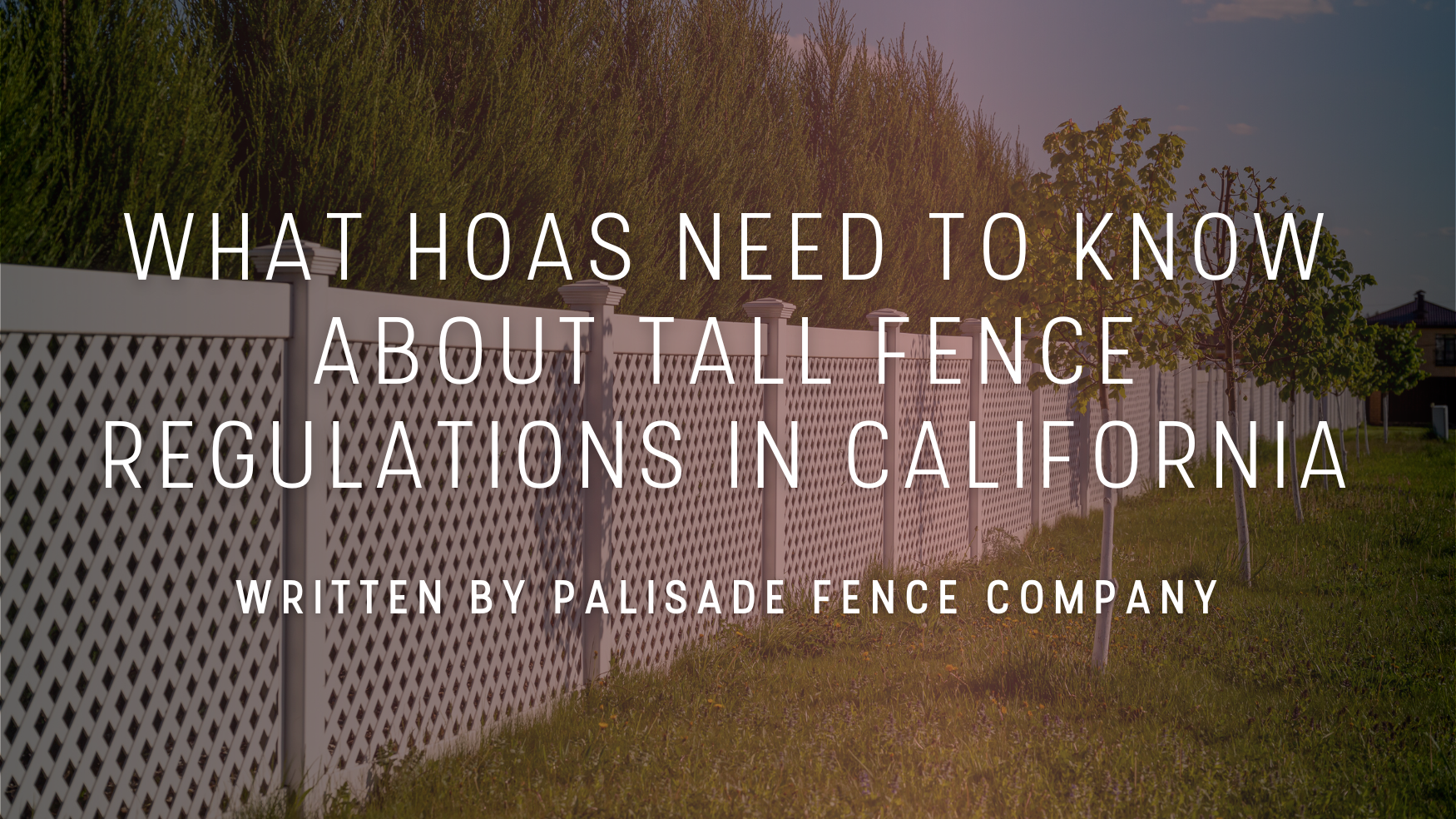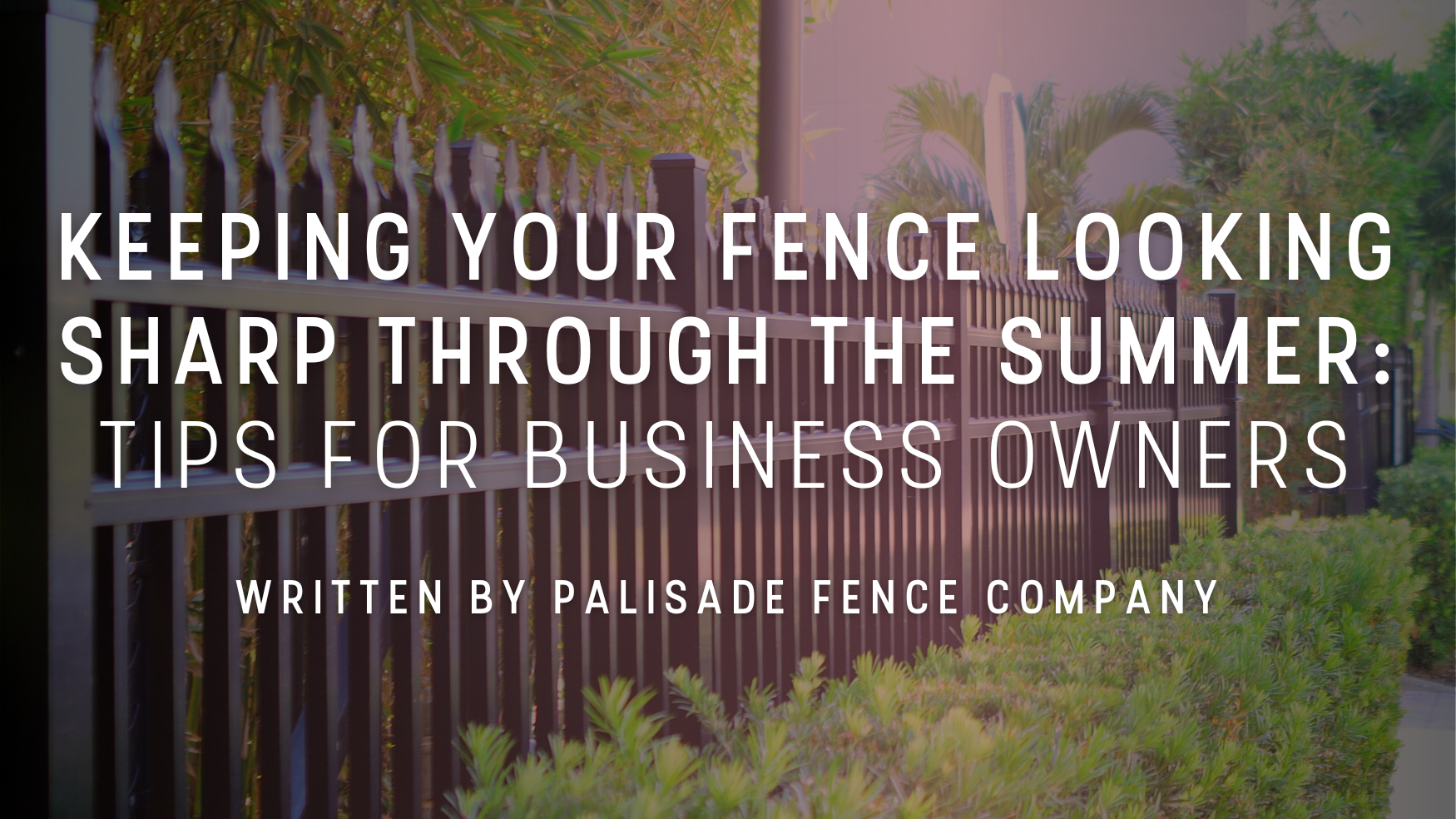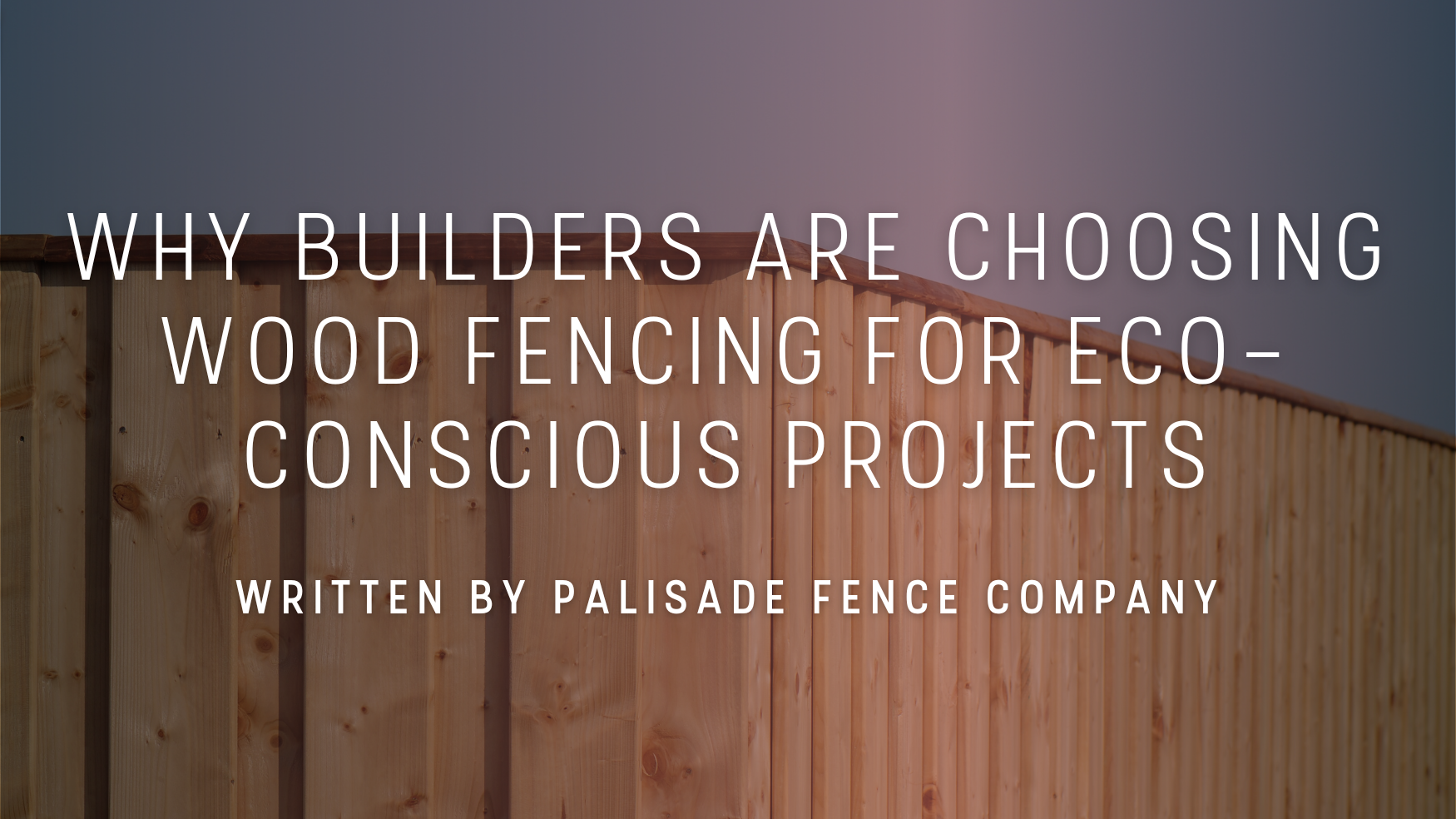The Evolution of Fencing
Imagine what it would be like to live in a homemade of wood and mud, without insulation, and with only a fireplace to keep warm. It's not ideal, is it? Thanks to inventions and technology, we can live quite comfortably in well-build homes complete with electricity and heat. While mud houses suited the people at the time, somewhere along the way, someone decided that they wanted a more stable home. The same can be said about fences. We often take simpler "inventions" like this for granted, but they often have a rich history. Looking back, fences looked totally different than they do today. Let's talk about a few of the major changes fences have seen!
The First Fences - A Mystery
No one is 100% sure when or where the first fence was created. There are remnants of fences from centuries ago, made of both wood and stone. It's generally believed that the earliest fences were actually stone walls. Rocks were readily available, and they required nothing more than gravity and a bit of mud to stay together. Experts believe that fences were used to both mark territory, and keep unwanted visitors out of an area. Since there are no pictures, we cannot be sure what these stone fences were for, but most believe even the earliest men wanted to protect their property from outsiders.
Wooden Fences Become More Popular
Once carpentry was a more developed career, and better tools were created, it was easier to chop down trees and obtain wood. This made it possible to create fences made of wood. Some were nailed together, and others were stacked strategically such as the one pictured here. The wooden fence continued to grow in popularity, and become more and more artistic as time went on. Fences with posts and boards were installed when tools allowed for easy cutting of planks. These sturdier wooden fences were adopted by farms to keep livestock in, and homeowners in rural areas to keep critters out. Years later, the white picket fence became synonymous with the American Dream. While fences in rural areas still served their original purpose, cities and suburbs started to use fences more for decoration and lines of demarcation between properties. Of course, homes with pets and children still had proper fences, but decorative fences popped up solely for aesthetic reasons as well.
Iron Fencing
We can't forget about iron fencing! Wrought iron fences date back to around the 12th century. Of course, back then, the smelting and molding process was all done by hand. This led to variations in the fences that would be considered rustic by today's standards. The Industrial Revolution brought about changes in the smelting and forging processes that made wrought iron fence production faster and more uniform. A process called rolling was developed to make "uniform" rolled rods that could be used for fences. When iron fences were first brought to America, they were reserved for only the wealthy who could afford it. However, when blacksmithing became a more popular trade, the industry took off and ornate fences made their first appearance. In 1833, wrought iron fencing was installed at the White House to protect the grounds from trespassers. As time went on, processes changed, and wrought iron fencing incorporated steel because it is cheaper and stronger. Because of this, more people can afford to have iron fences installed in their yards for a clean, sleek, and modern look.
Vinyl Fences
Vinyl was not created until 1913 in Germany, but it was an instant hit once it made its way to the US. Vinyl fences are actually made of PVC, a strong, rubberized plastic. It was quickly apparent that PVC was easy to work with, durable, and water/weather resistant. All of these characteristics made it a great choice for fences. Since then, the vinyl fence has been perfected to showcase different sizes, styles, designs, etc. Vinyl fences are very popular because they are bright white and super easy to clean. They aren't the strongest, but they are one of the easiest materials to care for.
What will be the next big thing in fencing? I guess we'll have to stay tuned to find out. In the meantime, call Palisade Fence Company and we'll get you a gorgeous new fence! We specialize in redwood, cedar, iron, and vinyl fencing for residential and commercial properties! Our team has built thousands of fences, and most of our projects are completed in as little as one day. Call 916.384.0309 to get started!
